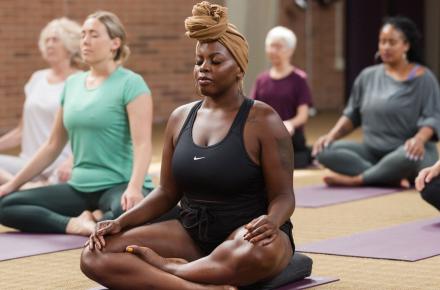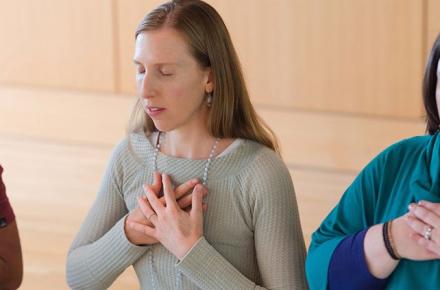The Difference Between Lucid Dreaming and Dream Yoga

When articles about lucid dreaming are appearing in a diverse mixture of periodicals—from The Atlantic, Scientific American, The New York Times and Women’s Day—you know there is growing interest in the field. Many people who get into lucid dreaming and have some success with it ask how can they take it further, perhaps deepen the practice. This is where I have found Dream Yoga to appeal to many people. As someone how has studied and taught about dream yoga for many years, I often get asked what the difference is between lucid dreaming and dream yoga.
What Is Lucid Dreaming?
Lucid dreaming is a dream in which one is aware that one is dreaming. For most people, when they are lucid dreaming and wake up inside a nighttime dream, they simple have a good time within it. You can do anything you want in a lucid dream because mind has become reality. While entertaining, lucid dreaming will not get you enlightened.
What Is Dream Yoga?
Dream yoga is not the same as lucid dreaming. The Tibetan Buddhists who developed dream yoga believed that, instead of falling asleep each night, we can use that time to practice “waking up.” They assert that we are sleepwalking through life. What we call waking consciousness, from the perspective of someone who is truly awake (“buddha” means “the awakened one”), is not really awake. If you see things as solid, lasting, and independent from you—in other words, dualistically—you are asleep. Dream yoga is a set of meditations that transforms the way we relate to sleep and dreaming. It is a profound way to turn one-third of our lives into meditation, and to have fun doing it.
Dream yoga starts where lucid dreaming leaves off. You wake up inside a dream (just like with lucid dreaming) but, instead of indulging your mind, you start to train it. This is the yoga part. It’s like stretching your waking mind into the dream state.
You’ll find that dream yoga teaches us how to first wake up in our dreams (same as lucid dreaming), but then extends the insights from that process to help us wake up from the dream—sometimes the nightmare—of daily life. When you gain some skill with dream yoga, you progress into sleep yoga, which shows you how to maintain a subtle awareness even in deep, dreamless sleep.
The Dream Yoga Journey
The progression of sleep and dream yoga is something like this: First, you learn how to remember your dreams; then you learn how to wake up in them; then you train your mind in the dream; then you learn how to stay awake in dreamless sleep. All the while, you are taking the insights from the night and transposing them into the day. Not only are you transforming the night into meditation, but you begin to transform your life. You start to wake up, in the spiritual sense.
Find out about upcoming programs with Andrew Holecek at Kripalu.
This article was originally published on Andrew's website.
Articles, programs, promotions, recipes, and more, delivered right to your inbox.
You May Also Like
Related Programs

Deep Dive


The Cosmic Call



Sanctuary



Yoga and Deep Relaxation Retreat


RISE: The Kripalu Approach To Resilience



Awakening The Thinking-Feeling Self


Just Ask Spirit


Mindfulness Retreat for the New Year


Ignite Your Practice


Welcome to the Kripalu Path

Get Our Catalog
Get a sneak peek of everything happening at Kripalu in the coming season. Sign up to get our print catalog delivered to your doorstep.
Newcomer's Guide
New to Kripalu? Explore who we are, what we offer, and begin your transformation today.




























